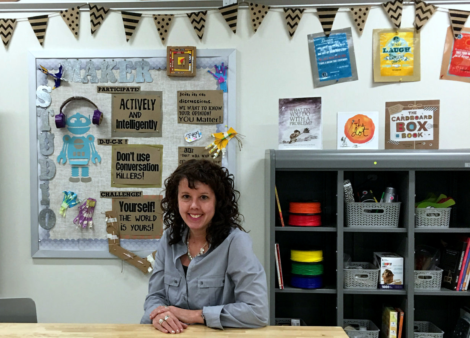
Benefits of Game Play for ELLs
Posted by jglassman on
WHY GAMES ARE GOOD FOR ELLS
Among the many benefits of learning through game play, one is that games provide meaningful, low-anxiety opportunities for learners to use all domains: speaking, listening, reading, and writing. When students learn to play a game, they remember faster, better, and with more meaning because they are “using” the language rather than “thinking” about whether they’re saying words and phrases correctly. Engaging ELLs and providing an inspiration and a context for communicating in low anxiety situations is key.
TIPS AND IDEAS FOR SUCCESSFUL GAME PLAY
Pre-teach Key Vocabulary
Provide targeted vocabulary instruction prior to game play. Review the game before students play, and identify words ELLs must understand in order to engage with the game. Identifying words in advance can help you plan effectively.
Scaffold Language Structure and Function
Before students play, review the game for specific language structures and functions that ELLs will need to successfully participate in game play. For example, a history-focused game may require students to sequence events (language structure) and recount what happened (language function). To play, they’ll need to use sequence signal words, transition words, sentence starters, and stems. Differentiate the prompts by providing beginners with words such as first, next, then, last, to more complex words and phrases, like eventually, in the meantime, and all of a sudden. Before playing the game, you might want to model sequencing for your ELLs and provide opportunities for them to practice.
Collaborative Groups
Collaborative grouping in game play provides a built-in support by peers to help ELLs . It gives them opportunities to use and practice the vocabulary and other language structures and functions. For groups to be effective, you will need to build a culture for collaboration in your class, especially if native speakers haven’t had experience working with and supporting ELLs. But the payoff is huge for everyone!
AN ADAPTABLE ACTIVITY IDEA
Think Aloud
First, model a Think Aloud while playing a game with a student who’s a native English speaker. Then divide the class into groups of four with one to two ELLs per group. Encourage two of the English-speaking students to think aloud as they play, while the ELLs record what they hear. Remind the English speakers to speak slowly. Then the four students work on the phrases they wrote, fixing any mistakes, etc. When they are ready, have the groups compare. Make a poster of the common prompts and language they’ll need to use while playing.
QUESTIONS TO ASK YOURSELF WHILE PREPARING ELS FOR GAMEPLAY
- What vocabulary do ELLs need to play the game?
- What language structures do ELLs need (grammar or language patterns)?
- What language functions will ELLs need to use? NOTE: Language functions are the reasons for using the language, such as sequencing, asking questions, introducing people, agreeing or disagreeing, persuading, etc.
ELL Support Resources for BrainPOP Games
Lesson Plan for Differentiation and ELL Support in the game Quandary
Differentiation Tips and ELL Support for the game The Meaning of Beep.
Be sure to explore BrainPOP’s ELL-Friendly Game Collection on GameUp.














